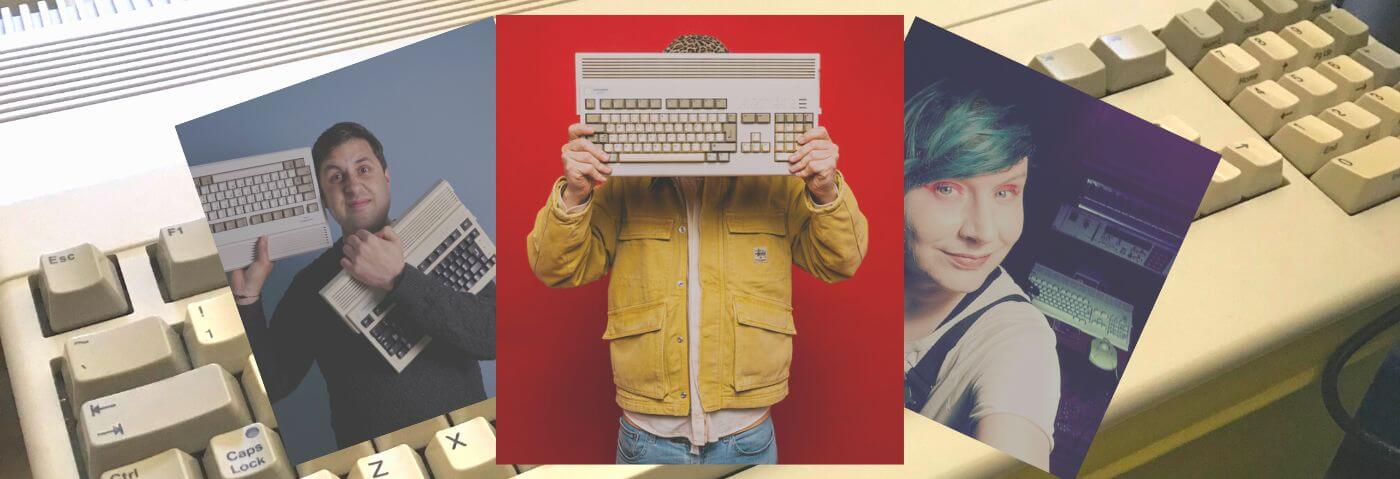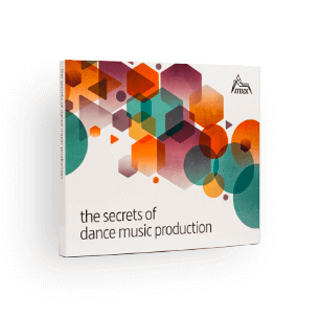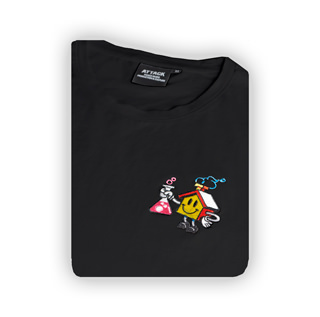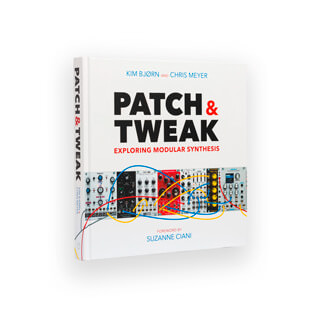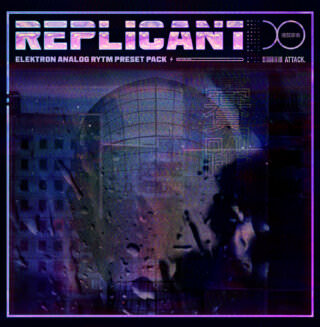We talk to Pete Cannon, DJ Formula and Vogue Renege about producing and even DJing with old Amigas – and how you can too.
We’re all familiar with using vintage synthesizers and drum machines to make music but when it comes to vintage computers, that’s a different story. Most of us probably don’t even consider that as an option. Yet a growing number of producers are turning to decades-old home computers to handle music-making duties.
Enter The Amiga
In 1985, Commodore released the Amiga, a computer that – thanks to a flexible sound chip and passionate user base – would go on to influence dance music-making, particularly jungle and drum and bass.
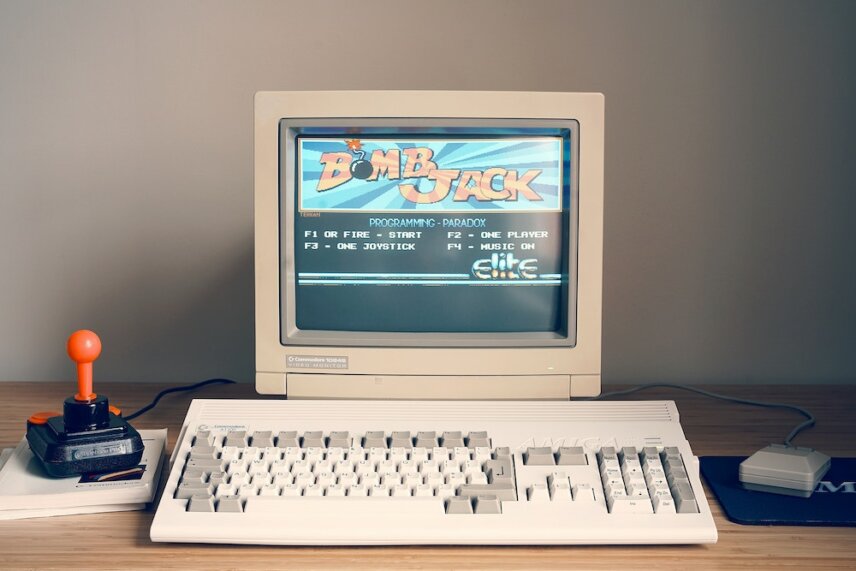
Key to its popularity with producers was Paula, the sound chip. Capable of supporting four PCM channels of audio and later expandable up to eight channels via software programming tricks, it could do not only gloriously crunchy 8-bit internal sampling but also actual soft synths. And, with the proper hardware MIDI attachment, you could sequence external gear.
Pete Cannon
Amiga-powered bangers aren’t relegated to the past though. Jungle and hip-hop producer Pete Cannon squeezes heater after heater out of his Amiga-based set-up. He told us how he does it.

Attack: What is it that you like about working with Amiga computers?
Pete Cannon: Ahhh man, I love that machine. It was the first home computer I had. After a year of having the Amiga I got a free program called OctaMED 4, a tracker that let you sequence 8-bit sounds that had been recorded into the Amiga over four channels. It blew my mind! (Then) I found out about the sound samplers you could get to capture audio. I picked up a Techno Turbo Sound cartridge, and that was it! I liked using it then because I was learning how to chop samples, arrange songs in blocks and write hexadecimal code to add effects. It was addictive. As an adult, I love it for its stand-out raw sound, limitations and of course nostalgia. Rose-tinted glasses at the ready…
Attack: If you didn’t have this nostalgic connection to Amigas do you think you’d still use them to make music now?
PC: That’s a hard one. The initial reason for getting it back out was nostalgia but I’m interested in production through and through. So I think, yeah, at some point, I would have got round to the Amiga or at least trackers for what they’re known for. If it’s electronic and it makes a noise, I’m in.
Attack: How does a tracker like OctaMED affect the way you make music?
PC: The tracker pushes you to make more edits. We should never let the technology dictate an idea but originally with OctaMED you had four channels, so to keep a track interesting you’d end up doing more edits. Chopping between sounds, swapping sounds on one channel and pitching and rolling drum sounds; the limitations push you to get creative. This is easy in a DAW but for me chopping an Amen and drums is always the most fun and sounds best when I do it in a tracker.
This is easy in a DAW but for me chopping an Amen and drums is always the most fun and sounds best when I do it in a tracker.
DJ Formula
Most modern DJ setups are essentially computers in everything but the name. Rather than go the modern Traktor route, Ravi Abbott AKA DJ Formula has opted to do his DJing with a pair of Amiga computers and a selection of mods, or Amiga-specific song files.
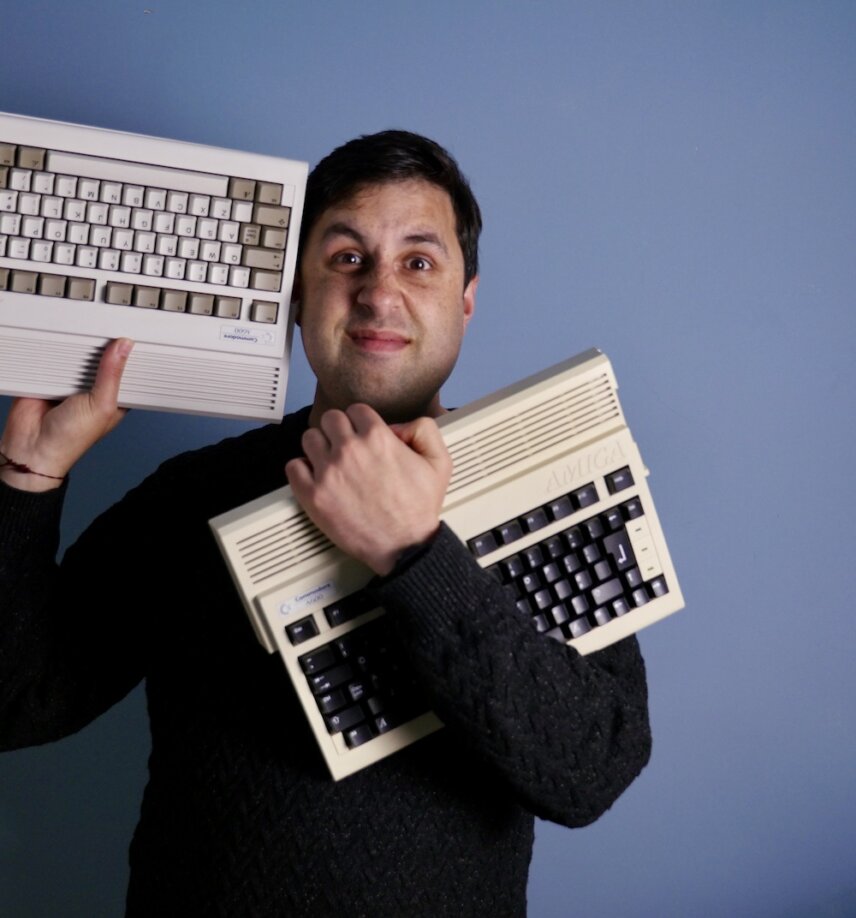
Attack: First off, why DJ with Amigas?
DJ Formula: I have always loved the Amiga computer, especially its sound output. The .mod format is something special indeed, with its ability to use four channels, samples, and waveforms. It has a strong history of use with producers such as DJ Aphrodite, Urban Shakedown, and DJ Zinc. Many demo scene groups, piracy cracking, and music groups would produce disks with old rave samples and exclusive remixes that have often never been heard outside of the Amiga users’ niche.
Attack: Can you do the usual DJ things like beat matching?
DJ Formula: Thanks to an amazing software called PT1210, you can pretty much turn your Amiga into a digital 1210 deck with options like changing the BPM, looping and other tricks. Since it uses the .mod format, it offers the option of turning channels on and off, much like live mixing with something like stems. All of the beat matching is done by hand, and it uses no sync, which I really enjoy as I originally came from the vinyl world.
Attack: What do you play when you DJ?
DJ Formula: There are literally tens of thousands of mods available. Depending on the vibe, it can be jungle/drum and bass, ‘80s, chiptune, electronica or speed garage. The great thing is that people are still actively producing mods, and newer genres like trap, dubstep, and wonky stuff are currently being released.
Thanks to an amazing software called PT1210, you can pretty much turn your Amiga into a digital 1210
Vogue Renege
Paulee Alex Bow records Amiga-based music as Vogue Renege. They’re also active in the mod scene making Amiga files as Varta Deathspill.
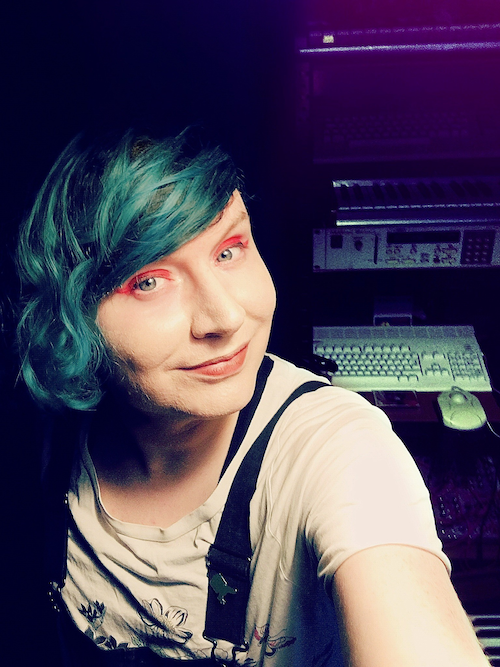
Attack: What is it that you like about working with Amiga computers?
Paulee Alex Bow: I got hold of my first Amiga 600 in 1995 for the bargain second-hand price of £100. As a 13-year-old kid from a working-class background, it was the first time I could sample instruments or loops and assemble them into songs. Nowadays, aside from epic aesthetics and the nostalgic feels that emanate from using the machines in my studio, I’ve discovered so many wild musical uses for the Amiga that I hadn’t previously been aware of!
Attack: How do you incorporate Amigas into your workflow?
PAB: I essentially have two different workflows with the Amiga.
If I write an Amiga .mod file, a self-contained song playable on stock Amigas, I start by converting drum and instrument samples from WAV to Amiga IFF format and then import these into OctaMED Soundstudio. I might use the built-in wavetable editor to create some synthetic tones, and then I’ll make my track, sticking to those four mono channels, making use of hex-based automation to add effects like arpeggiation, detuning portamento and sample start offset modulation. Soundstudio has a nice boost feature in its sample editor that can also restore some treble content to your lo-fi samples.
I don’t limit myself to four channels for my Vogue Renege project. I’ll record out and multitrack many channels of Amiga audio in my modern DAW. I then might add some Amiga soft synths (see video above). Many interesting ones exist, from subtractive to wavetable to full six-operator FM. I might also import a sample into one of Amiga’s many interesting sample editors for mangling.
I got hold of my first Amiga 600 in 1995 for the bargain second-hand price of £100. As a 13-year-old kid from a working-class background, it was the first time I could sample instruments or loops and assemble them into songs
How To Use An Amiga To Make Music
For those wanting to try Amiga-based music production themselves, Paulee outlined four possible workflows.
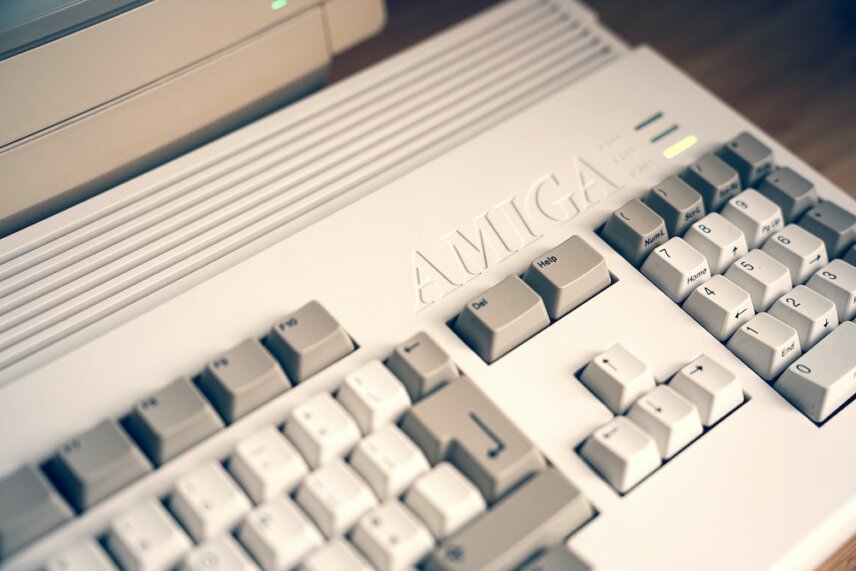
1. Don’t actually use Amiga hardware. Make a song in your DAW, cut it up and then use software like PreTracker to import WAVs. It will calculate and pop out a real Amiga song playable on the real hardware or emulation. Amigaklang on Windows is a sample generator/synth engine that can generate Amiga instruments to add to your tunes.
2. Emulation, using WinUAE or something similar. Convert your WAV samples to IFF using something like Cool Edit Pro, load up Protracker or OctaMED Soundstudio and go to town.
3. Real hardware (dipping your toes). With a real Amiga you can utilize old-school sampling cartridges on the parallel port to sample onto the machine and there are even some real-time effects programs. They’re very lo-fi.
4. Real hardware (deep in it). All of the above plus with a MIDI interface, the Amiga can become a studio sequencer. I use OctaMED Soundstudio as the tracker gives me something different to a timeline DAW. MIDI goes out to various things including the modular, and audio goes to modular too so I can filter and mangle Paula audio with envelopes and filters under the control of that same Amiga.
Advice From Electric Friends
It may seem intimidating to start down the vintage Amiga path but it doesn’t have to be. Paulee recommends starting with Protracker or OctaMED Soundstudio and loading up other people’s mods to see how they made them. There are also hardware things to remember, such as recapping and battery-changing, plus modern upgrades like floppy drive emulators and removable solid-state media to get files to and from your PC or Mac. “All of the Amiga’s musical heritage, be that applications, samples or mod files, are available online for free at sites like old.exotica.org or grandis.nu,” they say.
If you’re intrigued by DJing with Amigas, DJ Formula suggests checking out the PT1210 Weekender to see what the DJs do. He has some technical info too. “Use a Y splitter cable on the left phono cable to stop stereo separation in the headphones, making mixing much easier,” he says. “Some little screens can be purchased on eBay which help as well. Additionally, turn off the audio filter. On the Amiga 1200, you can use a program called LED, and on the Amiga 600, you can remove a few resistors to improve the output sound.”
“Do it, get excited, make some bangers,” encourages Pete Cannon. “There’s a great community of producers out there, with tutorials and help. Get in that YouTube. Long live the Paula chip!”
